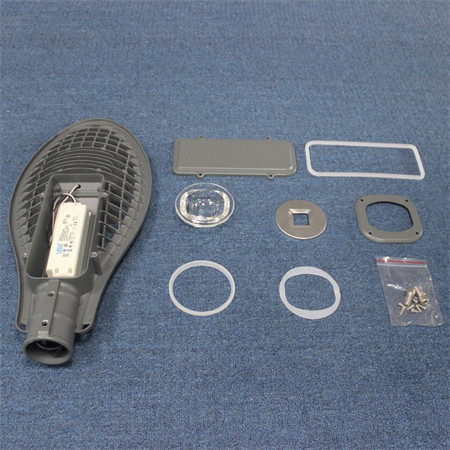In recent years, light-emitting diode (LED) technology has revolutionized the lighting industry, offering significant energy savings, longer lifespans, and superior illumination quality compared to traditional incandescent and fluorescent bulbs. As LED lighting continues to gain popularity, one crucial element that plays a vital role in its performance is the housing of LED lamps. The design and construction of LED lamp housing not only impact the overall aesthetics but also contribute to its efficiency and durability. Let's delve into the world of LED lamp housing and explore the advantages it offers.
First and foremost, LED lamp housing serves as a protective shield for the delicate components of the LED module. The housing acts as a barrier against external factors such as dust, moisture, and vibrations, safeguarding the internal electronics from potential damage. This protection ensures the longevity and reliability of LED lamps, allowing them to perform optimally over an extended period.
LED lamp housing is available in a variety of materials, each with its unique set of benefits. Aluminum is a popular choice due to its excellent thermal conductivity. LEDs generate heat while operating, and effective heat dissipation is essential to prevent overheating and maintain performance. Aluminum housing facilitates efficient heat transfer, effectively dissipating heat and preventing the LED from overheating, which can significantly reduce its lifespan. The use of aluminum housing also makes LED lamps lightweight and easy to handle.

Another material commonly used in LED lamp housing is polycarbonate, a durable and impact-resistant thermoplastic. Polycarbonate offers superior optical properties, allowing for the transmission of light without significant loss. Additionally, it provides excellent protection against UV radiation, ensuring that the LED lamp's color consistency and intensity are maintained over time.
The design of LED lamp housing also plays a crucial role in the overall efficiency and performance of the lighting fixture. Properly designed housing can minimize light leakage and ensure maximum light output in the desired direction. By directing the emitted light precisely, LED lamps can achieve high luminous efficacy, effectively utilizing energy and reducing wastage. The shape and configuration of the housing can also contribute to the diffusion of light, resulting in even distribution and reduced glare.
LED lamp housing also offers flexibility in terms of design and aesthetics. With the ability to mold and shape materials, manufacturers can create a wide range of housing designs to suit various applications and styles. From sleek and minimalist designs for modern interiors to more ornate and decorative options for traditional settings, LED lamp housing allows for customization to meet diverse preferences.
Furthermore, LED lamp housing is often designed with ease of installation and maintenance in mind. Many LED lamps come with user-friendly features such as snap-on mechanisms, quick-release tabs, or modular designs that simplify installation and allow for hassle-free maintenance. This ease of use makes LED lamps a practical choice for both residential and commercial applications.
As we move toward a more energy-efficient and sustainable future, LED lamp housing plays a significant role in realizing these goals. By providing protection, efficient heat dissipation, and optimized light output, LED lamp housing ensures the longevity, reliability, and performance of LED lighting fixtures. With a wide range of materials, designs, and installation options available, LED lamp housing combines functionality with aesthetics, making it an attractive choice for lighting designers, homeowners, and businesses alike. As LED technology continues to evolve, we can expect further advancements in the design and capabilities of LED lamp housing, ultimately enhancing our lighting experiences and illuminating a brighter future.
